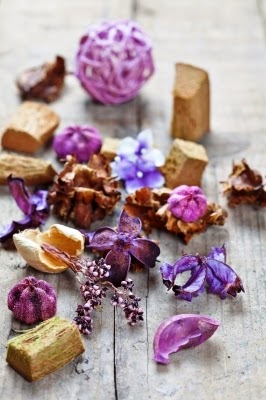Tile floors are very popular. Whether you have ceramic or stone, natural or
engineered, sealed or unsealed, matte or shiny, tile floors will last for years
with proper care. Here are some tips for
cleaning your tile floors:
Cleaning Spills – Immediately
Wipe up spills immediately.
Spills left to dry will just attract more dirt. Quick clean up also
prevents stains before they start. Wipe
up the spill with a terry towel or paper towel and then follow up with a soapy
towel. Polish with another clean damp
towel.
I’ve been known to spray a particularly icky spill with
glass cleaner and then wipe clean.
Sweep, Swiffer, or Vacuum – Every Few Days
It is important to remove the loose dirt regularly from your
tile floors. Small particles of dirt and
sand particles can actually scratch the surface of your tile. That is why it is important that you remove dirt
and debris on a regular basis. If you
keep the floors swept, vacuumed, Swiffered or dust mopped, you should only need
to mop on a weekly basis.
If you have vinyl tiles or flooring, the Swiffer or Cuban
mop style cleaners work well. However,
if you have ceramic or stone tiles, the tiles are connected with grout. This
grout seam does not present a smooth surface to your cleaning tool. Swiffers and Cuban mops will not do a
thorough job of lifting up all the soil; and much of it will fall back into the
grout! Why waste your time and energy on
cleaning that doesn’t clean?
A broom will remove loose dirt from tile and grout surfaces,
but they aren’t very effective. In fact,
sweeping may just throw the dirt around.
If you have loads of large pieces of debris, a quick sweep with a broom
will do the trick. For everyday
cleaning, leave the broom in the broom closet.
A good vacuum cleaner or electric broom with a non-electric
head is the best for cleaning tile floors.
Look for a cleaning head with soft bristles that will dislodge the
debris without scratching your tile.
Most upright vacuum cleaners don’t do a good job with cleaning tile
floors. The motorized heads mostly kick
the dust behind the vacuum and spread it out the sides. Look for a canister vacuum with a hard floor
tool of at least 12” wide.
Clean Tile Floors Easily – Once a Week
Steam cleaners work great for tile floors. They are safe to use on any sort of tile or
stone and will gently lift soil up from the tile. Steam cleaners have the bonus of being safe
to the grout.
If you mop, a string mop is better than a sponge mop. Sponge
mops will actually push the dirt further into your grout.
No matter what mop you use, rinse the mop head often. If the
water looks dirty, empty the bucket. You can’t get floors clean with dirty
water.
 |
| photo courtesy Keerati@freedigitalphotos |
Vinegar and water is great for ceramic tile. Check with your
installer before using vinegar and water on stone tile. Add ½ cup vinegar to 1 gallon of water.
Because vinegar is acidic, it kills bacteria but can harm some porous
surfaces. Vinegar and baking soda can be
used to clean grout, but do not use vinegar alone. The acid can damage the grout over time.
Always use warm water. It cleans better.
If you don’t like the smell of vinegar, use ½ cup rubbing
alcohol to 1 gallon water and map. Rinse mop frequently and empty mop bucket
when water is dirty.
Make Tile Shine Every Time!
If you have a hazy finish to your floors, that is soap residue. Just add a bit of vinegar to your rinse water to remove the soapy haze and return the original shine.
For a really nice shine, put a terry cloth towel over your
dust mop and dry floors.
Tile floors are durable and beautiful. If you have allergies or asthma, they are a
must for improved indoor air quality.
Don’t let cleaning them be a hassle.
.
















